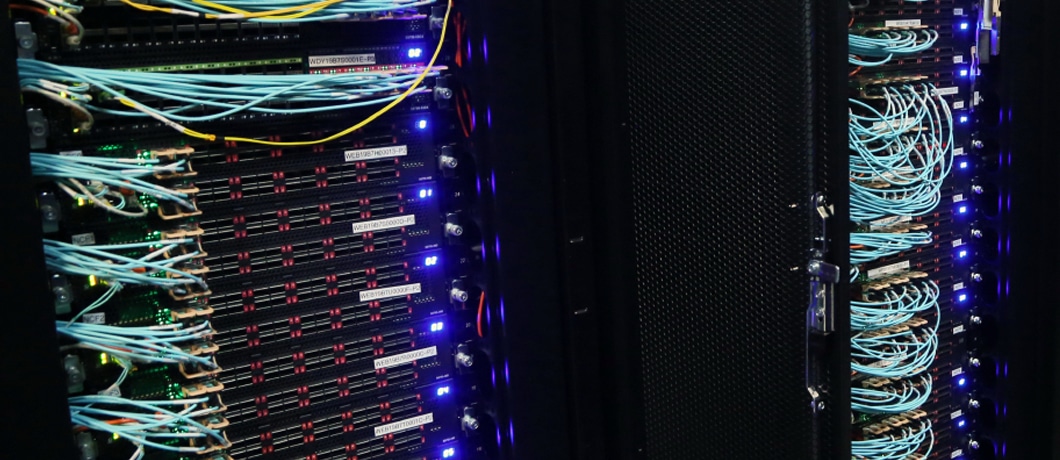Covid-19 Brought Unprecedented Demand
Once Covid hit in the US, the majority of American workers shifted to a work from home model, pushing a major spike in demand and, added Fuetsch, “we don’t expect that growth to slow anytime soon.”
Across the US, people are continuing to work and school from home “we expect these numbers to rise, meaning more demand on our network, making it all the more critical that we continue to get it right.”
Facing the challenges of Covid times, Fuetsch shared a few data points to illustrate the demand placed on AT&T’s network. Text messaging hit a new record with an increase of over 53% in peak times, while the wireless voice network soared with a 40% increase as people began to work from home and use mobile devices to attend meetings.
“Our AT&T network has been able to withstand the new normal demands of Covid, thanks to the investments we’ve made and the behind the scenes work we’ve put into our open initiatives.”
Andre Fuetsch, Executive Vice President & Chief Technology Officer, AT&T Services, Inc
The Virtualization of AT&T’s Network
Virtualization of the network has been the foundation of everything AT&T set out to do. AT&T reached their software-based networking goal of a 75% virtualized network – “several months ahead of schedule this year” due to advances in cloud native virtualization, containerization and hardware and software disaggregation.
“Having a much more software-centric network allows us to respond much more rapidly to any new demand on the network, even those caused by worldwide pandemics,” said Fuetsch. “It enables a much more agile, dynamic network and elastically scale to meet our customers’ demands.”
AT&T has been promoting this strategy for quite some time. Last fall, AT&T announced that they had submitted their design for several disaggregated open source routing platforms to the Open Compute Project (OCP), with the designs based on the Broadcom Jericho-2 chip. The flexible, disaggregated chassis design, can scale from 4 Tb/s to 192 Tb/s.
AT&T is First in Industry to Deploy Dis-Aggregated Core Router
The surprise of his keynote may have been when Fuetsch announced that AT&T had already deployed a next generation IP/MPLS routing platform into their production network base on this open hardware. “We chose a disruptive supplier, DriveNets, to provide the network operating software for this core use case,” Fuetsch shared.
AT&T deployed the DriveNets solution throughout their core network. As the largest backbone network in the US, DriveNets Network Cloud software is running over multiple large clusters of white boxes in core locations of the AT&T network. A large cluster may contains up to 192 white boxes. In the case of AT&T these white boxes are from UfiSpace. DriveNets Network Cloud Network Operating System (NOS) turns these large clusters of white boxes into single router entities, deployed across the AT&T network.
Why was DriveNets chosen by AT&T
For drivenets, being part of AT&T’s dis-aggregated network – a landmark in the transformation of the networking market to an open cloud architecture , is a significant revelation on multiple levels:
- The experience gained in deploying the Network Cloud solution on the largest backbone in the US is valuable in maturing the DriveNets solution and ensuring its scale and carrier-grade quality. Making it ready to support any other network in the world
- This demonstrates that the disaggregated networking model of cloud-native software running on white boxes from separate manufacturers works and provides more value than the traditional chassis-based model
This deployment of an open, disaggregated routing platforms coupled with next gen long haul 400G optical transport platform. “This combination of networking platforms is exactly what we need to transport the tsunami of demand generated by our 5G, fiber-based, broadband and entertainment content services,” said Fuetsch.
Download White Paper
Introducing DriveNets Network Cloud




